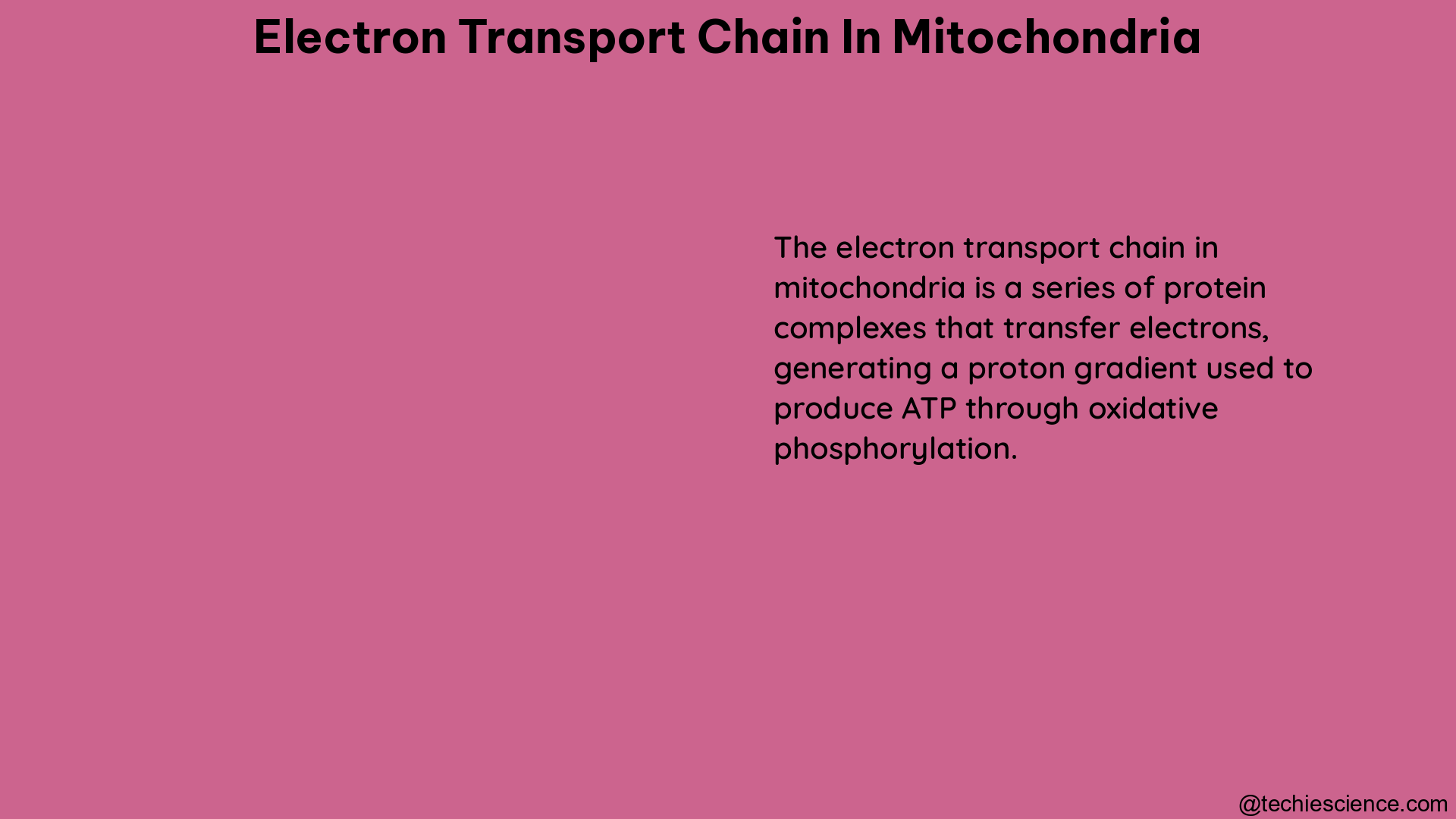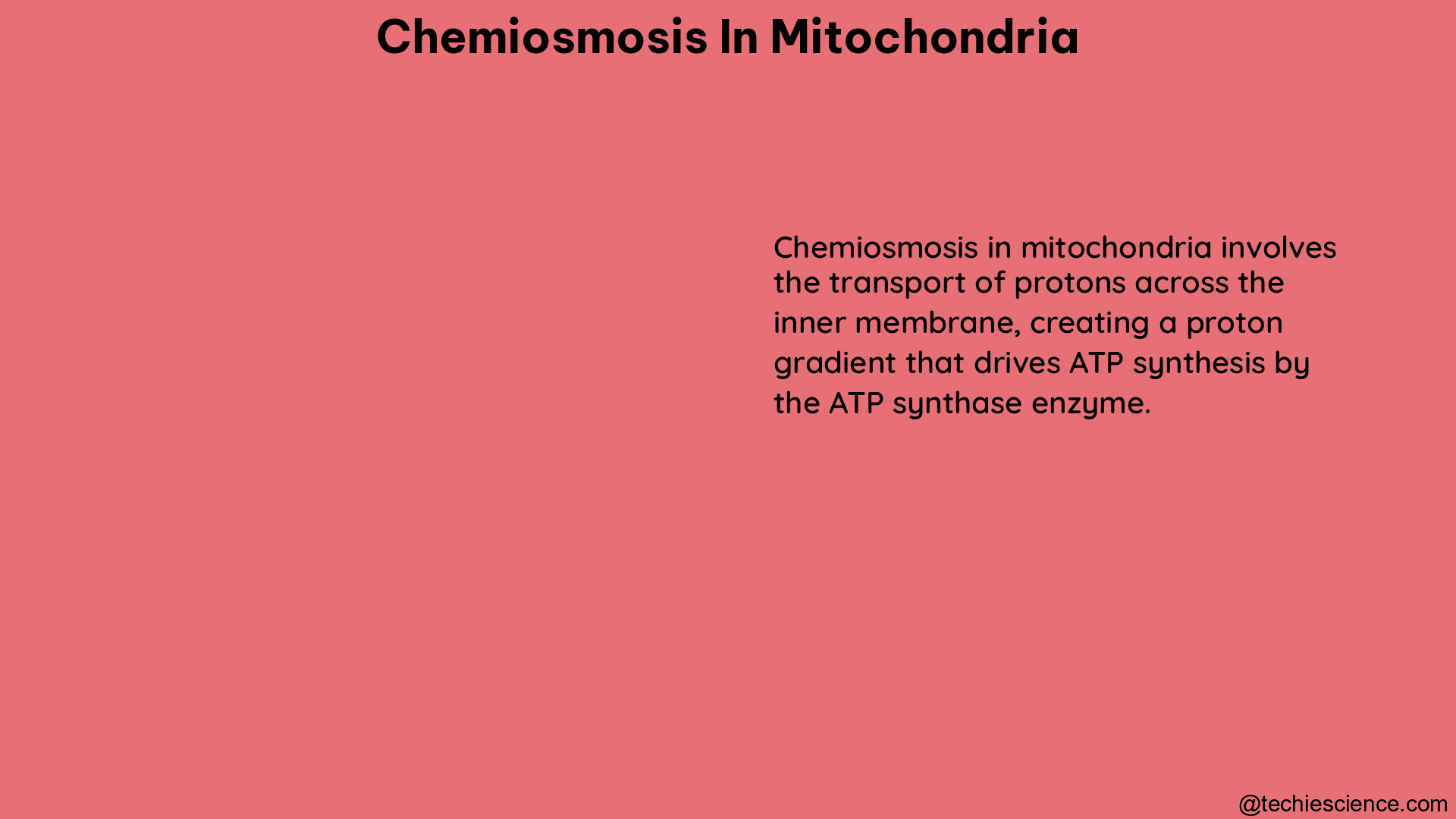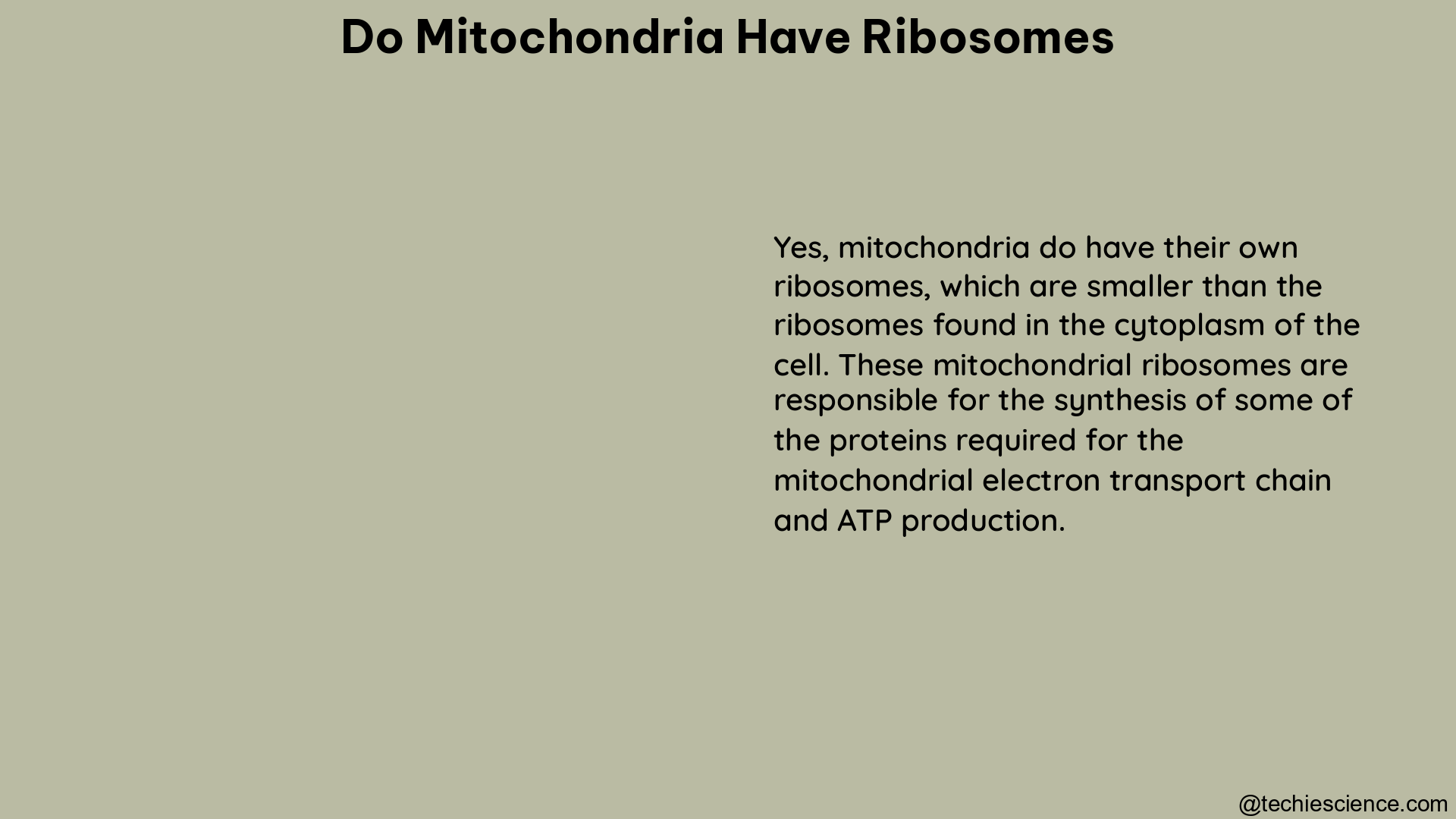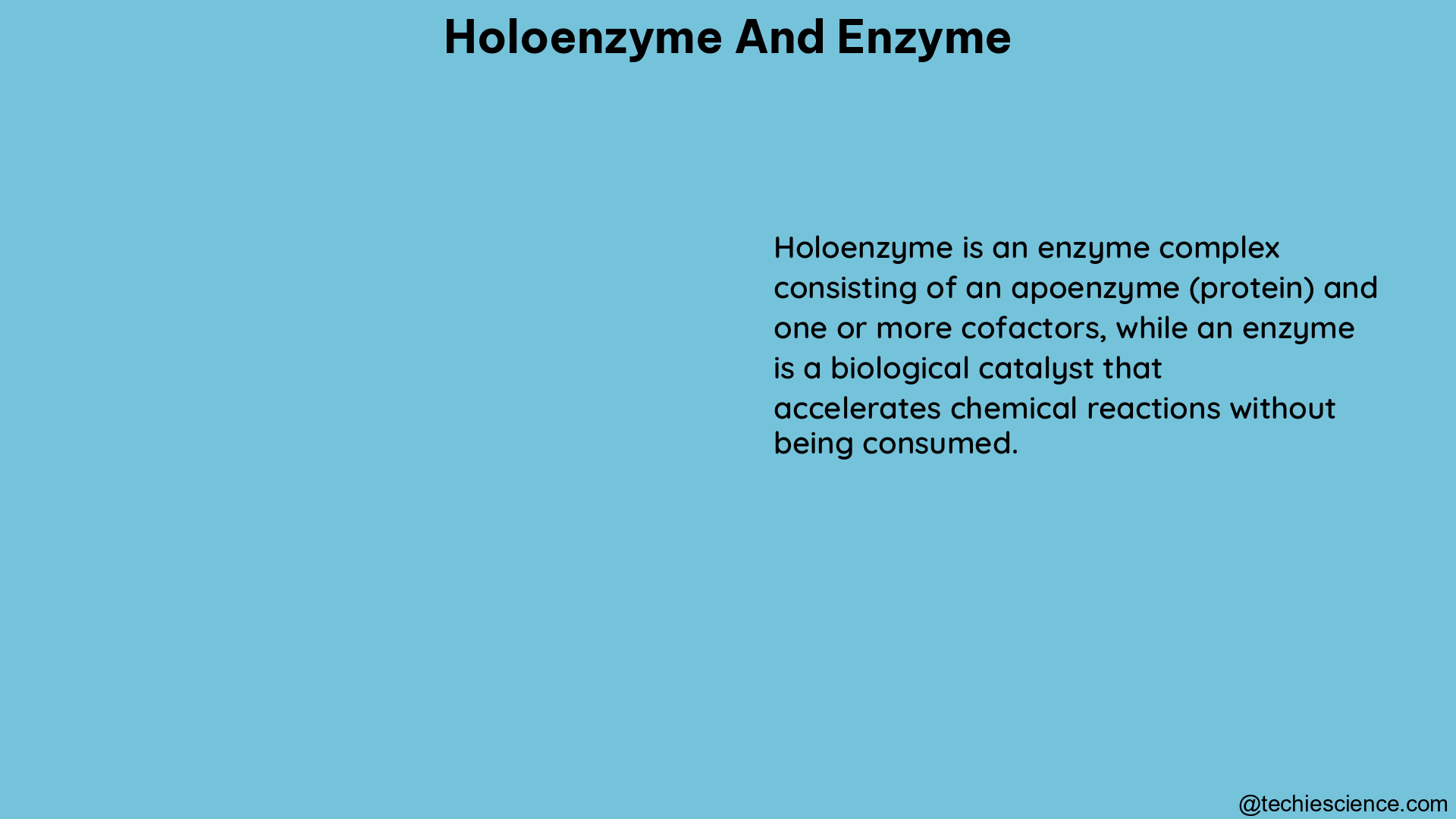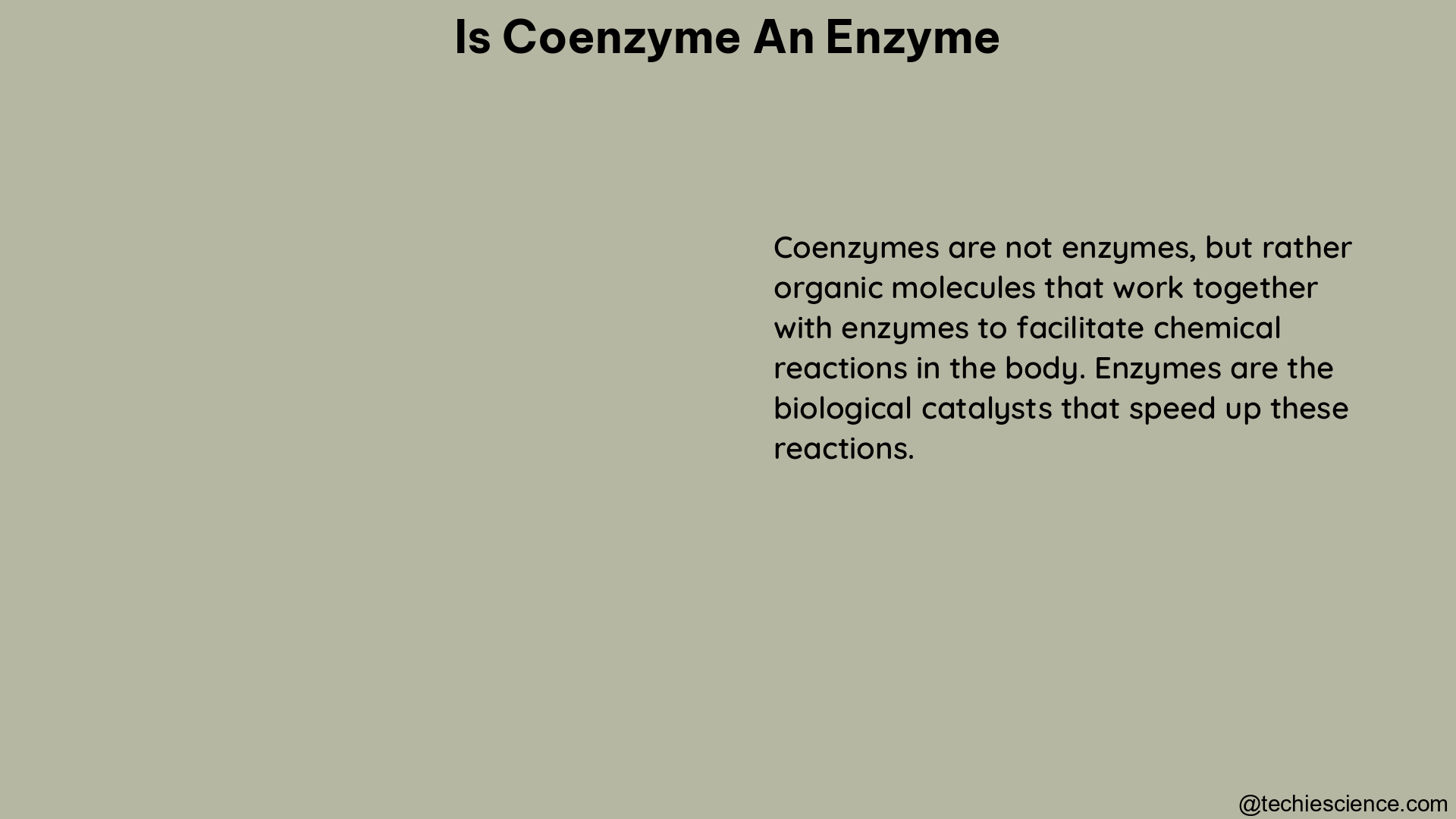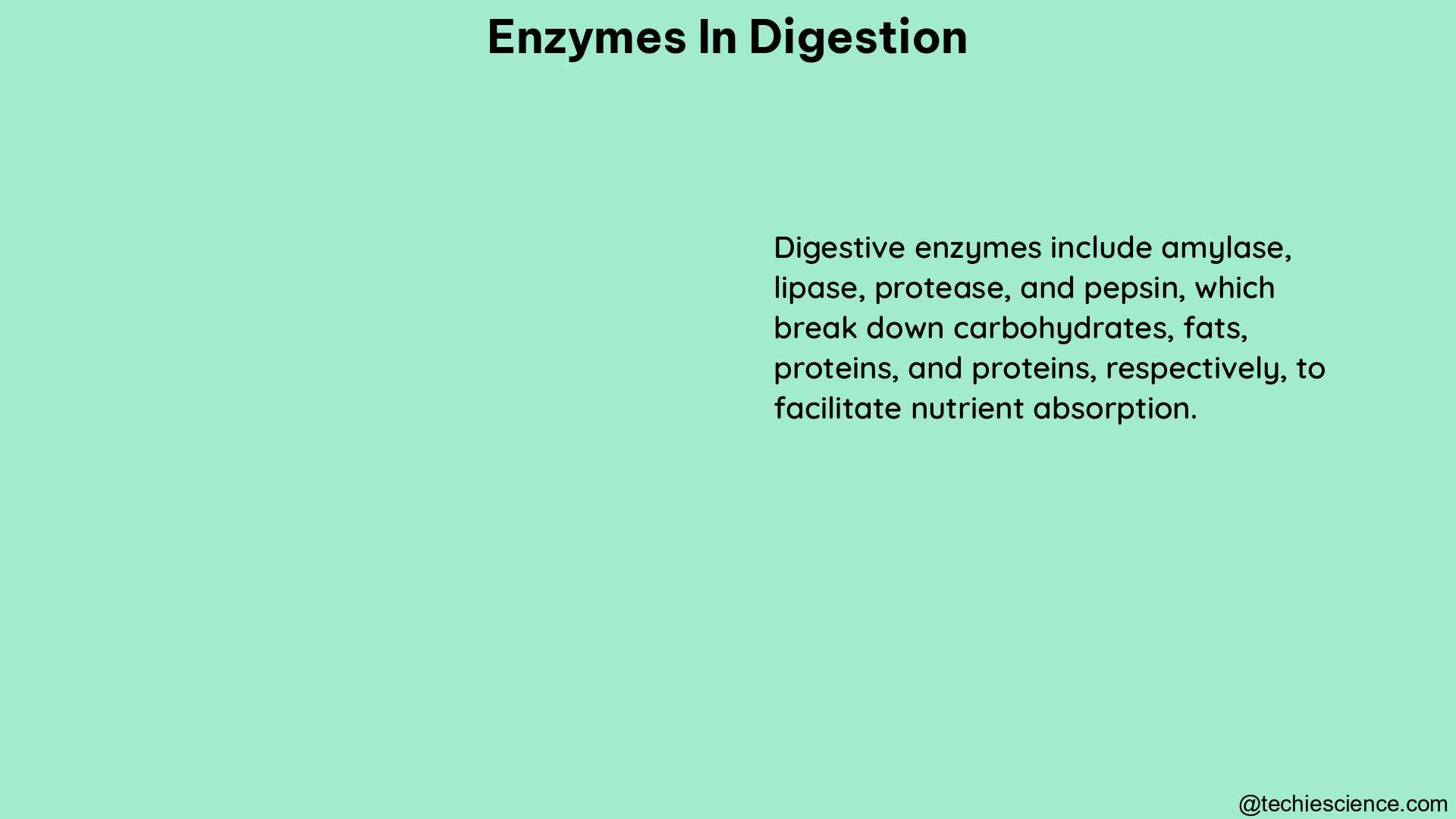Summary
Fructose is a simple sugar that can be metabolized in the human body, particularly in the liver, through a process called fructolysis. This process involves specific fructose-metabolizing enzymes, including fructokinase, aldolase B, and triokinase, which convert fructose into intermediates of glycolysis, such as glyceraldehyde-3-phosphate (GAP) and dihydroxyacetone-phosphate (DHAP). Quantifiable data from isotopic tracer studies show that the oxidation of dietary fructose in normal subjects ranges from 30.5% to 59% of the ingested dose within a period of 3-6 hours, and from 37.5% to 62% under exercise conditions within 2-3 hours. It is important to note that fructose metabolism is closely tied to that of glucose, and any unique effects of fructose are mediated by interactions with glucose as well as by a significant conversion of fructose to glucose.
Fructose Metabolism: The Fructolysis Pathway
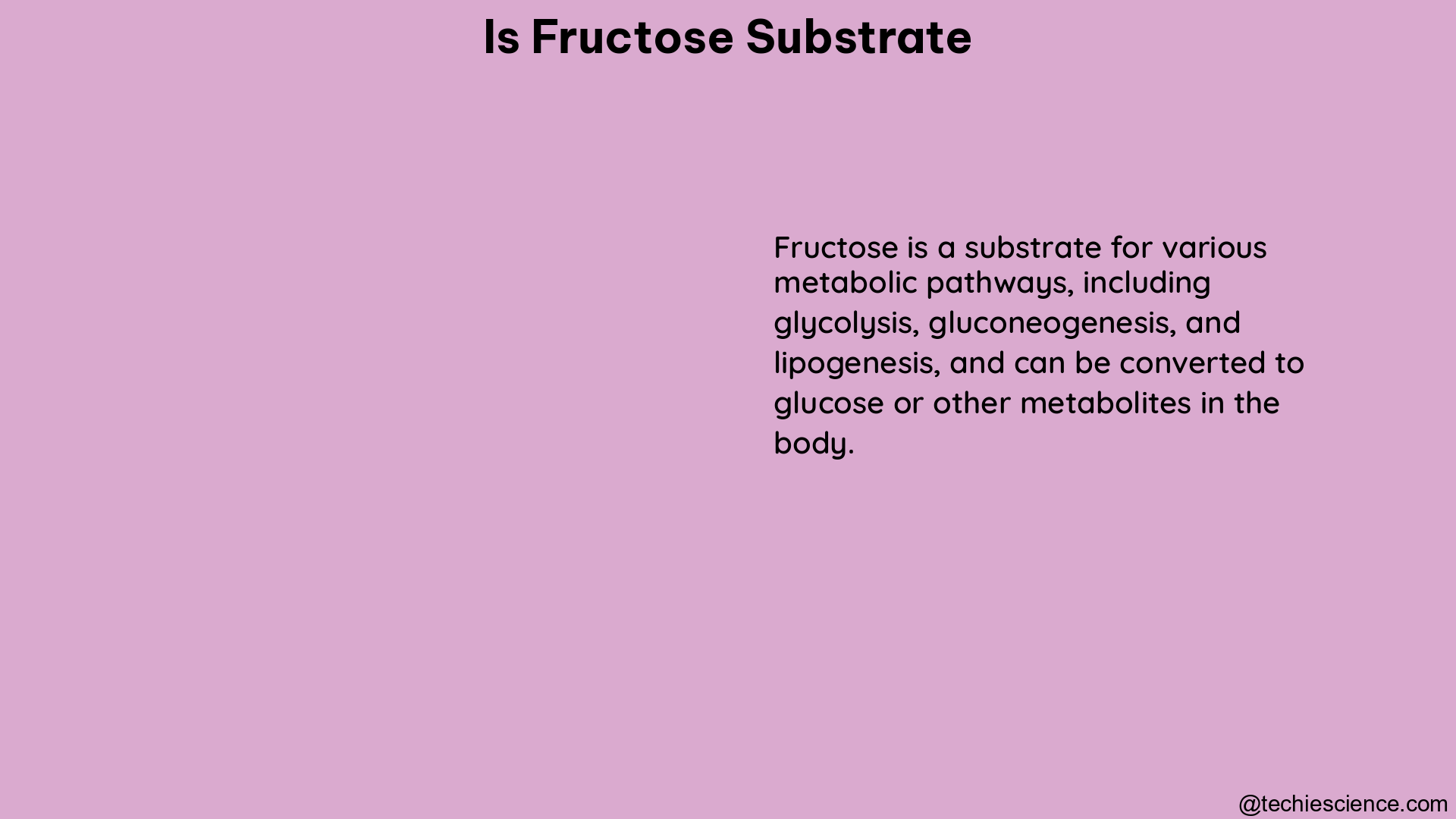
Fructose is a monosaccharide, also known as a simple sugar, that can be metabolized in the human body through a process called fructolysis. This process takes place primarily in the liver, where fructose is converted into intermediates of glycolysis, the metabolic pathway that breaks down glucose to produce energy.
The fructolysis pathway involves the following key steps:
-
Fructokinase: This enzyme, also known as ketohexokinase, phosphorylates fructose to form fructose-1-phosphate. Fructokinase has a much higher affinity for fructose compared to glucokinase, the enzyme that phosphorylates glucose, which means that fructose is preferentially metabolized over glucose in the early stages of the pathway.
-
Aldolase B: This enzyme cleaves fructose-1-phosphate into two triose phosphates: glyceraldehyde and dihydroxyacetone phosphate (DHAP). These triose phosphates can then enter the glycolytic pathway.
-
Triokinase: This enzyme phosphorylates glyceraldehyde to form glyceraldehyde-3-phosphate (GAP), another intermediate of glycolysis.
-
Glycolysis: The triose phosphates (GAP and DHAP) generated from fructose-1-phosphate can then be further metabolized through the glycolytic pathway, ultimately producing ATP, the primary energy currency of the cell.
It is important to note that the unique aspects of fructose metabolism, such as the high affinity of fructokinase for fructose, can lead to differences in the population of triose phosphates compared to glucose metabolism. These differences may contribute to the potential unique effects of fructose on various physiological processes.
Quantifying Fructose Metabolism
Isotopic tracer studies have provided valuable insights into the quantification of fructose metabolism in the human body. These studies involve the use of radioactive or stable isotopes of fructose, which can be tracked as they are metabolized and oxidized.
- Oxidation of Dietary Fructose:
- In normal subjects, the oxidation of dietary fructose ranges from 30.5% to 59% of the ingested dose within a period of 3-6 hours.
-
Under exercise conditions, the oxidation of dietary fructose increases to a range of 37.5% to 62% within 2-3 hours.
-
Oxidation of Mixed Sugars:
- When fructose and glucose are ingested in combination, either as fructose plus glucose, as sucrose, or as sucrose plus one of the 2 mono-sugars, the mean oxidized amount of the mixed sugars increases to 66.0% ± 8.2 (mean ± SD, range 52.2-73.6%).
-
This suggests that the presence of glucose can enhance the oxidation of fructose, likely due to the interactions between the two sugars in metabolism.
-
Conversion of Fructose to Glucose:
- Isotopic tracer studies have also shown that a significant portion of ingested fructose is converted to glucose, which can then be metabolized through the glycolytic pathway.
- The extent of this conversion can vary depending on factors such as the dose of fructose, the presence of other macronutrients, and individual metabolic differences.
These quantitative data provide valuable insights into the metabolic fate of fructose in the human body, highlighting the importance of considering the interactions between fructose and glucose metabolism when evaluating the potential health implications of fructose consumption.
Fructose Metabolism and Glucose Metabolism: Intertwined Pathways
Fructose metabolism is closely tied to that of glucose, and any unique effects of fructose are mediated by interactions with glucose as well as by a significant conversion of fructose to glucose.
- Fructokinase vs. Glucokinase:
- The key difference in the processing of fructose and glucose lies in the early steps of their respective metabolic pathways.
- Fructokinase, the enzyme that phosphorylates fructose, has a much greater affinity for its substrate compared to glucokinase, the enzyme that phosphorylates glucose.
-
This difference in affinity affects the population of the triose-phosphates, which can lead to unique metabolic consequences.
-
Conversion of Fructose to Glucose:
- A significant portion of ingested fructose is converted to glucose, either through gluconeogenesis or the direct conversion of fructose-1-phosphate to glucose-6-phosphate.
-
This conversion of fructose to glucose means that the metabolic fate of fructose is closely tied to that of glucose, and any unique effects of fructose are likely mediated by this interconversion.
-
Interactions between Fructose and Glucose Metabolism:
- The presence of glucose can influence the metabolism of fructose, as evidenced by the increased oxidation of mixed sugars compared to fructose alone.
- These interactions between fructose and glucose metabolism suggest that the potential health effects of fructose consumption should be considered in the context of the overall carbohydrate intake and the balance between fructose and glucose metabolism.
Understanding the intertwined nature of fructose and glucose metabolism is crucial for interpreting the potential health implications of fructose consumption and for developing targeted nutritional strategies that consider the complex interactions between these two important sugars.
Fructose Metabolism and Exercise
The metabolism of fructose can be influenced by physical activity and exercise, as demonstrated by isotopic tracer studies.
- Increased Fructose Oxidation during Exercise:
- Under exercise conditions, the oxidation of dietary fructose increases to a range of 37.5% to 62% within 2-3 hours, compared to 30.5% to 59% in normal subjects within 3-6 hours.
-
This enhanced oxidation of fructose during exercise is likely due to the increased energy demands of the body, which can promote the utilization of fructose-derived intermediates in the glycolytic pathway.
-
Potential Implications for Athletes:
- The increased oxidation of fructose during exercise may have implications for athletes and individuals engaged in regular physical activity.
- Fructose, when consumed in combination with glucose, can provide a readily available source of energy for the working muscles, potentially enhancing exercise performance and recovery.
-
However, the potential long-term effects of high fructose consumption, particularly in the context of a sedentary lifestyle, should also be considered.
-
Importance of Balanced Carbohydrate Intake:
- While the increased oxidation of fructose during exercise may be beneficial for athletes, it is important to maintain a balanced carbohydrate intake that includes both fructose and glucose sources.
- Excessive or imbalanced consumption of fructose, even in the context of exercise, may have negative health implications, such as the development of insulin resistance or non-alcoholic fatty liver disease.
Understanding the specific metabolic responses of fructose during exercise can help inform nutritional strategies for athletes and individuals engaged in regular physical activity, ensuring a balanced and optimized carbohydrate intake to support performance and overall health.
Conclusion
Fructose is a substrate that can be metabolized in the human body, particularly in the liver, through a process called fructolysis. This process involves specific enzymes, such as fructokinase, aldolase B, and triokinase, which convert fructose into intermediates of glycolysis.
Quantifiable data from isotopic tracer studies have provided valuable insights into the metabolism of fructose. The oxidation of dietary fructose in normal subjects ranges from 30.5% to 59% of the ingested dose within a period of 3-6 hours, and from 37.5% to 62% under exercise conditions within 2-3 hours. When fructose and glucose are ingested in combination, the mean oxidized amount of the mixed sugars increases to 66.0% ± 8.2 (mean ± SD, range 52.2-73.6%).
It is important to note that fructose metabolism is closely tied to that of glucose, and any unique effects of fructose are mediated by interactions with glucose as well as by a significant conversion of fructose to glucose. The key difference in the processing of the two sugars lies in the early steps, with fructokinase having a much greater affinity compared to glucokinase, affecting the population of the triose-phosphates.
Understanding the intricacies of fructose metabolism, its interactions with glucose, and the influence of exercise can help inform nutritional strategies and guide the evaluation of the potential health implications of fructose consumption.
References:
- Health implications of fructose consumption: A review of recent data. https://www.ncbi.nlm.nih.gov/pmc/articles/PMC2991323/
- Fructose metabolism in humans – what isotopic tracer studies tell us. https://www.ncbi.nlm.nih.gov/pmc/articles/PMC3533803/
- Fructose in perspective. https://nutritionandmetabolism.biomedcentral.com/articles/10.1186/1743-7075-10-45
- Fructose Metabolism from a Functional Perspective: Implications for Athletes. https://www.gssiweb.org/sports-science-exchange/article/fructose-metabolism-from-a-functional-perspective-implications-for-athletes
